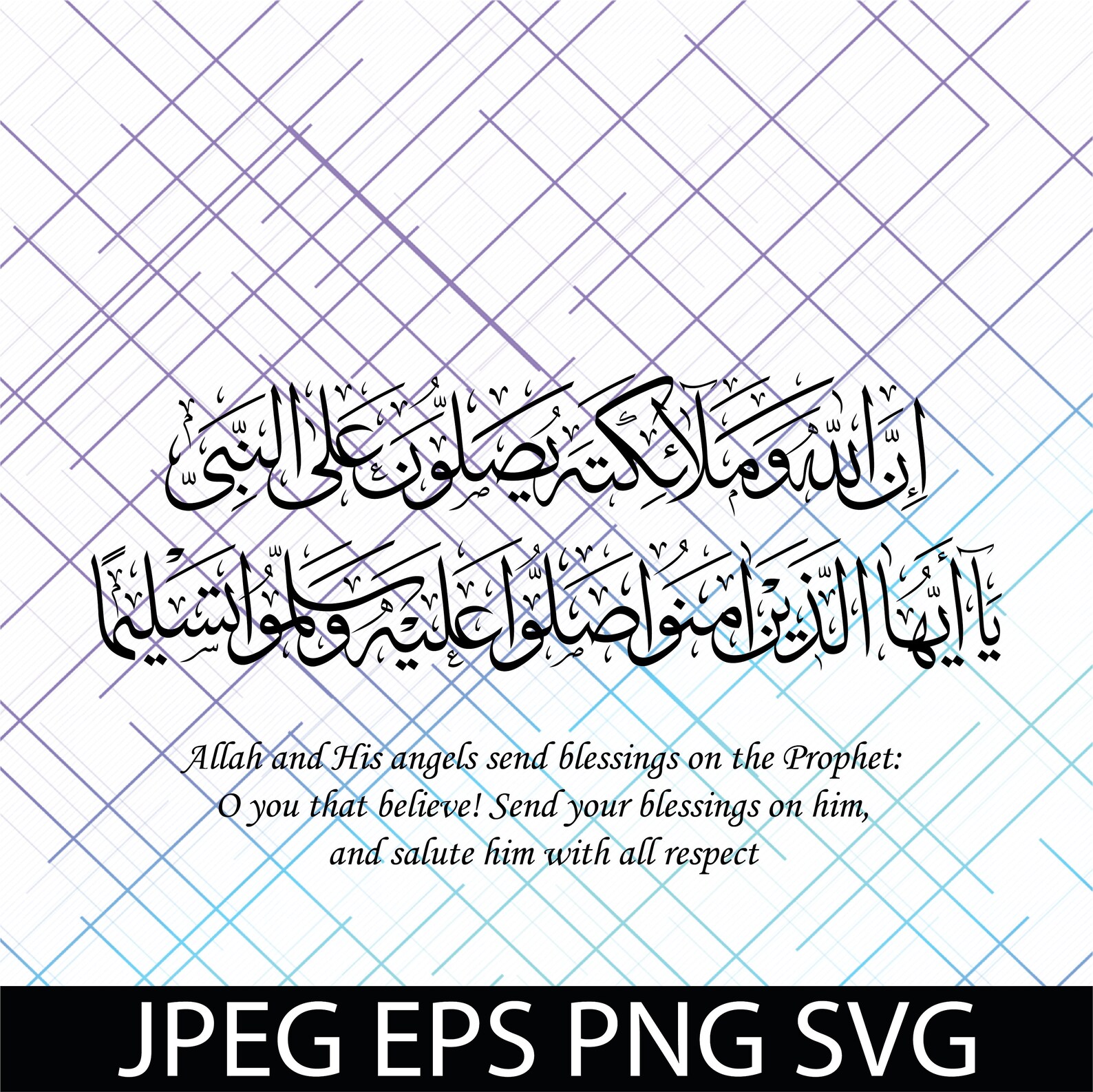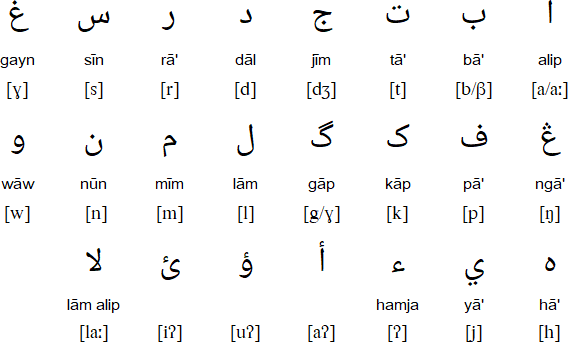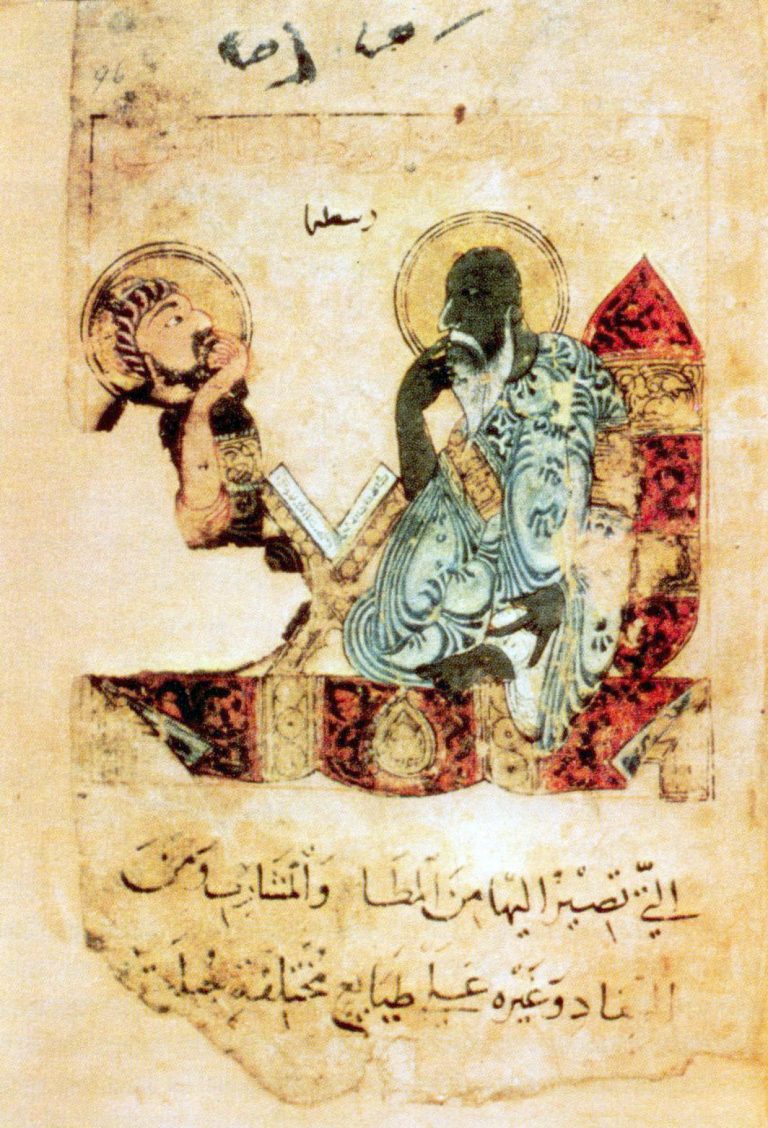

Standard Arabic Technical Transliteration System. Qalam: A convention for morphological Arabic-Latin-Arabic transliteration. In session I, participants will learn about transliteration and transcription, the various conventions and scholarly traditions, linguistic issues, contextual needs, and specific problems of Arabic-to-roman rendering participants will learn and practise contextually appropriate practical transliteration, with tailored feedback from the tutors. The course is a 5-hour practical workshop-style course taught in two sessions. How are you suppose to spell Muammar Gaddafi/Khadafy/Gadhafi? The straight dope. This online course is aimed at professionals, scholars and students who work with Arabic text and would like to acquire knowledge of transliteration systems and gain or improve their practical transliteration skills under the guidance of experienced tutors. Washington: Cataloging Distribution Service, Library of Congress. ALA-LC Romanization tables: Transliteration schemes for non-Roman scripts. Romanization, transcription, and transliteration.

International Federation of Library Associations and Institutions, 61st general conference.

Non-Roman script materials in North American libraries: Automation and international exchange. Report on the Current Status of United Nations Romanization Systems for Geographical Names, Version 2.2. UNGEGN Working Group on Romanization Systems. Hence khalaqnā-kum but khalaqnal-insān Abū Sufyān but Abul-Qāsim fin-nār but fī-hi.1. Middle Eastern Studies Searching in Arabic (non-Roman) scripts & ALA/LC Transliteration Tables Arabic (and non-Roman) Searching in the UT Libraries Catalog. I have, therefore, avoided the European forms and used the Arabic forms, Ismā’īl, Hājar, etc. Some names, e.g., Ishmael, Hagar, etc., have acquired a contemptuous association in their European forms, while the persons they represent are sacred personages held in great honour in Islam. Type to add a diacritic sign: h d t to get. Here the boundary is thin and rather ill-defined, and possibly my practice and that of my proof-readers have not been absolutely uniform.Ĥ. To type directly with the computer keyboard: Type a, i, u (or â, î, û) to get,. But other transliteration systems (e.g., Library of Congress, Encyclopaedia of Islam. There are actually several ways that academics transcribe Arabic into Roman script, but the one that I encountered the most in my studies is the Hans Wehr method, named for the system used in the Dictionary of Modern Written Arabic by (you guessed it) Hans Wehr. Hence Sūra, Fātiha, Hijra, etc., where the Arabic spelling would require Sūrah, Fātihah, Hijrah, etc.ģ. In internationalised words and names I have used the spelling ordinarily current in English e.g., Mecca, Medina, Maulvi, Urdu, Islam, Israel, Abraham, Jacob. The EIr uses its own transliteration system for Persian and Arabic. The final h preceded by the short a is scarcely pronounced, and I have left it out.

The name of the Holy Book is usually written Qurān but I prefer to write Qur-ān.Ģ. In other cases it has not been possible to show it without using a distinctive sign. Where it is a hiatus preceded by a fatha, I have shown it by a second a: thus, Iqraa, the cave of Hiraa. As a moved consonant, it is sufficiently shown in English by the long or short vowel which moves it, e.g., ab, Raūf. An apostrophe for it and an inverted apostrophe for the ‘ain (ع), or vice versa, is confusing to English readers. For the hamzā (ء) I have used no distinctive sign. This is an Arabic transliteration tool that uses the character system of Brills Encyclopedia of Islam.


 0 kommentar(er)
0 kommentar(er)
